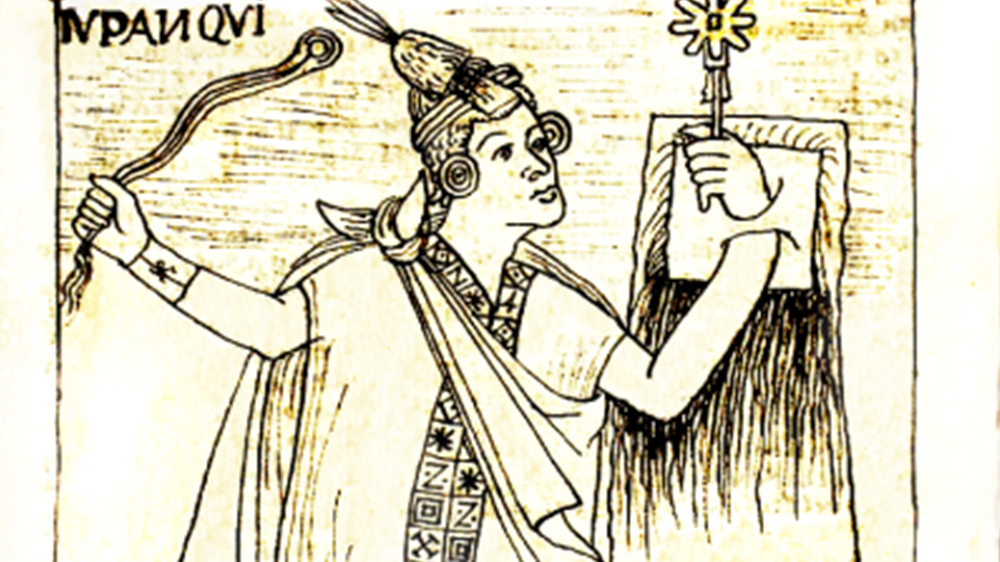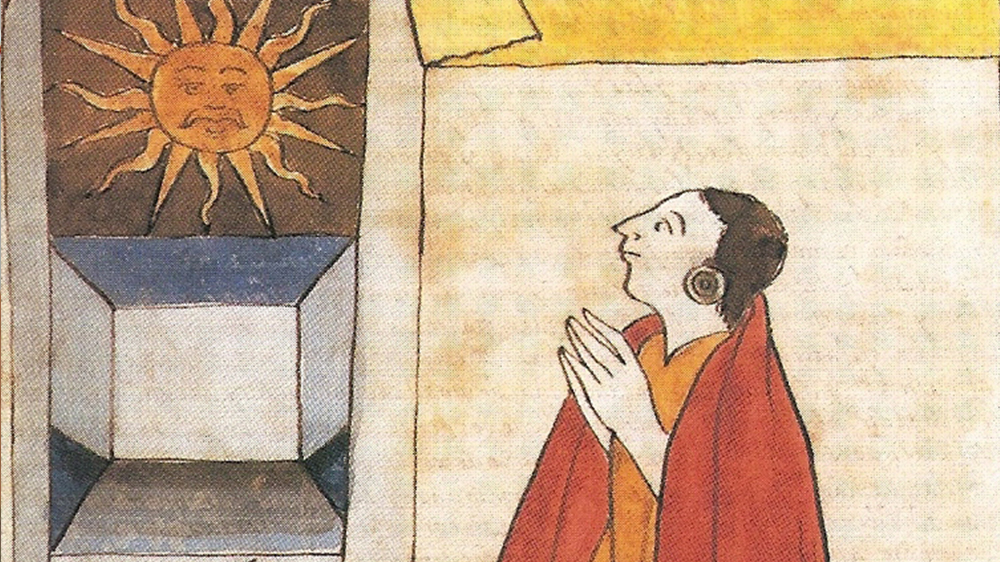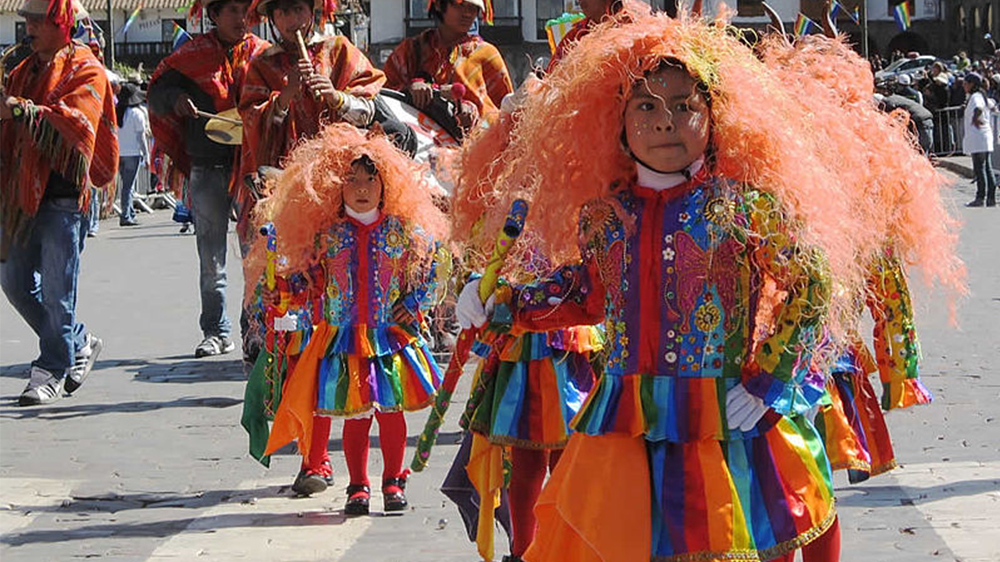7 Bizarre Facts About the Inca's Cult of the Dead
Did you know that the ancient Peruvian and Incan civilizations practiced ancestral worship? Check out how they took ‘the living dead’ to its most literal meaning. Imagine if your Great Aunt Mary died a month ago. Now imagine you're at a special family dinner, and your father carries the corpse of your Great Aunt Mary — adorned in her favorite dress and jewelry — and places her at the head of the table to partake in the festivities. Lose your appetite much? For those of us rooted in Western civilization, where death is considered a taboo subject, that scenario might be worthy of a bloodcurdling scream. But for the ancient civilizations of the Americas, the dead lived vibrantly—and arguably even better, than most of the living. In the 1500s, when Spanish conquistadors landed on the shores of Peru searching for gold and other riches, they stumbled on the Inca Empire's living mummies and soon realized that the only way to conquer the civilization was to conquer their dead.
Here are some fascinating facts about the Inca and their dead:
1. Peru is the birthplace of mummification.
Although most people are quick to assume that ancient Egyptians pioneered mummification, Peru is actually considered to be its birthplace. Why? The country's hot and dry climate was ideal for preserving corpses.
2. The Inca believed the dead never left the living.
Unlike the Egyptians, who believed the deceased traveled to faraway lands, the Inca believed the dead never left the living.

3. Mummified ancestors were dressed in the finest clothing, given palaces to reside in, fed the best meals, taken on bathroom breaks and even were attended to in matters of sex.
Such actions were motivated by the belief that the dead would bring the Inca blessings and guarantee their survival.
4. In times of war, the dead charged side by side with the living.
During more peaceful times, the people asked the mummies if they could plant their fields, marry and engage in business.

5. The Inca emperor Pachacuti (translation: "He who transforms the world") was considered the greatest political genius in the Native American world.
He organized institutions, reshaped Inca life and even changed how the deceased were revered. Under his reign, he created a new religion called "Children of the Sun," an ancestral worship of royal mummies. Although he knew his ancestors' triumphs were steeped more in myth than in reality, Pachacuti established the new religion to legitimize and perpetuate Inca rule.

6. To the Inca, the defilement of one of their dead meant that the ancestor would lose the right to his/her land and connection with Earth itself.
Such an act was a way of destroying their very sense of existence. Once the Spanish understood this, they went out of their way to destroy the Inca's ancestral mummies by burning them.
7. The Inca tradition of worshipping the dead has survived today.
Despite foreign attempts of erasing the ancient practice, the tradition of worshipping the dead has survived (albeit in different forms) and can be seen through the Feast of Corpus Christi and the Day of the Dead holidays.

